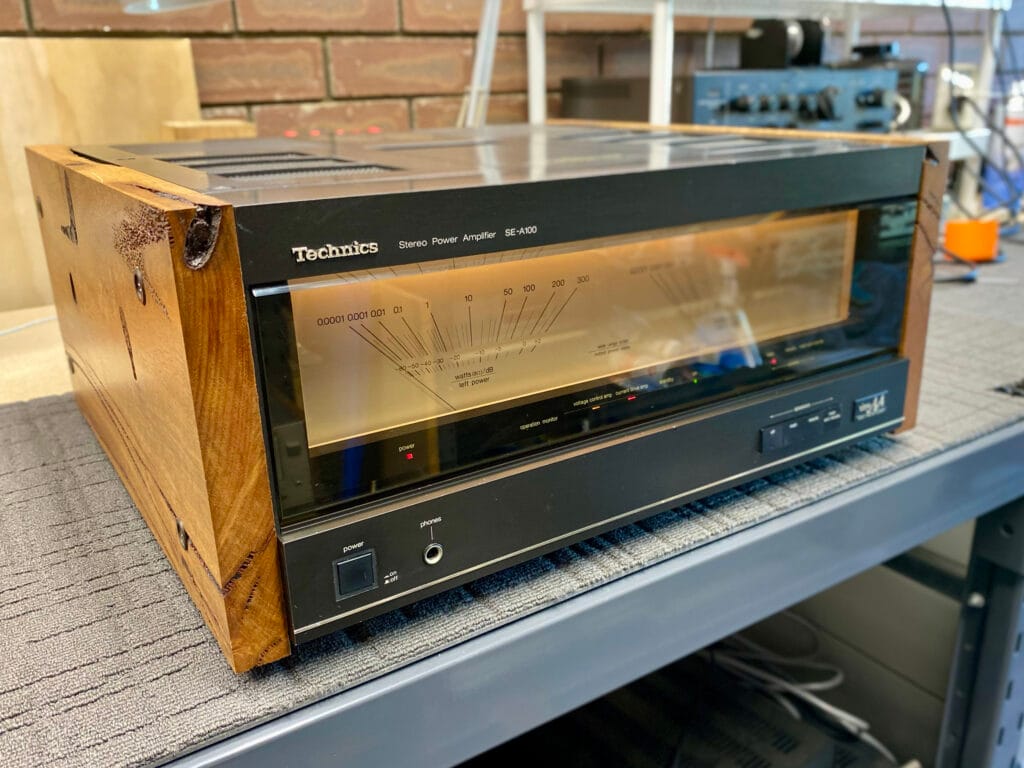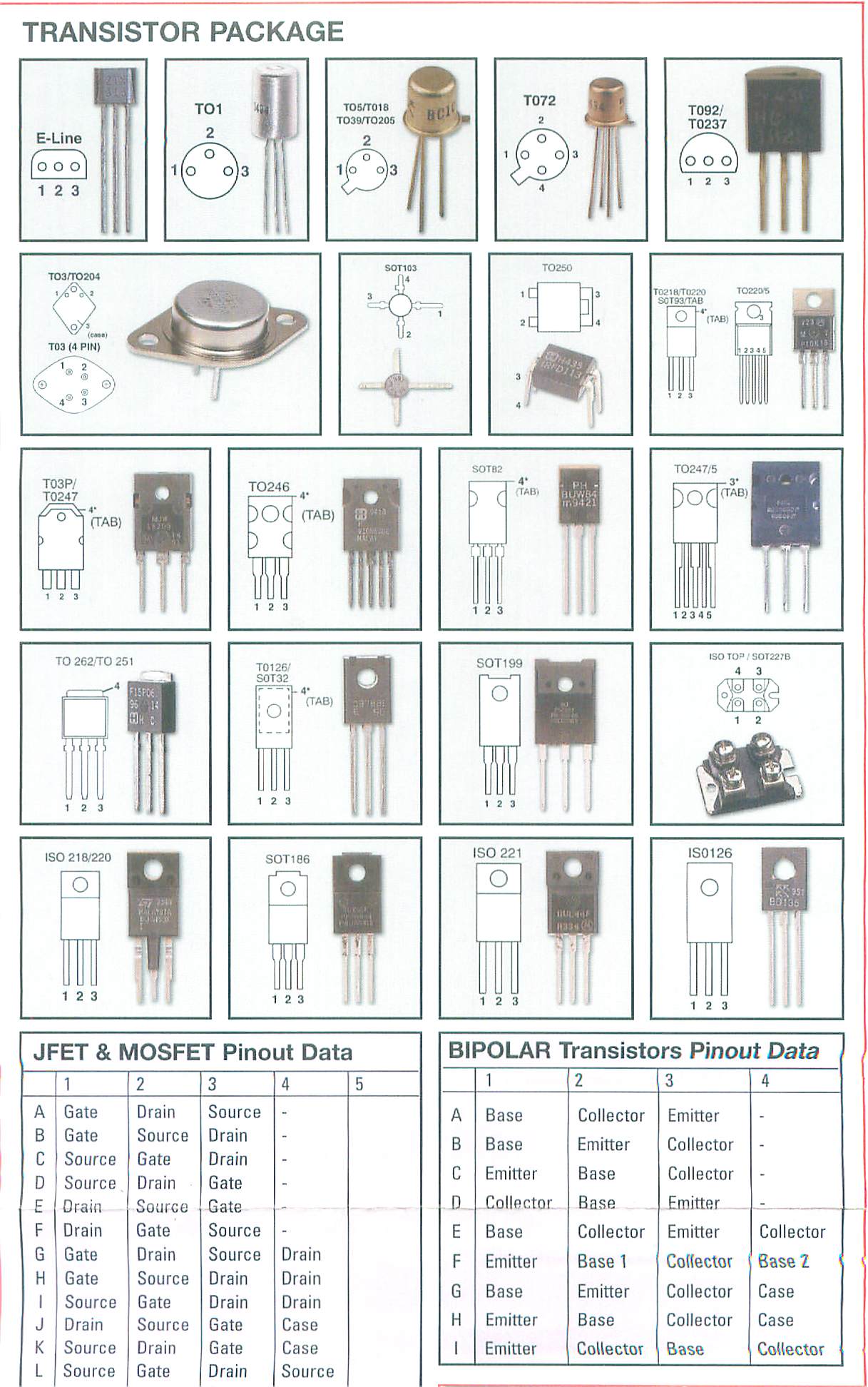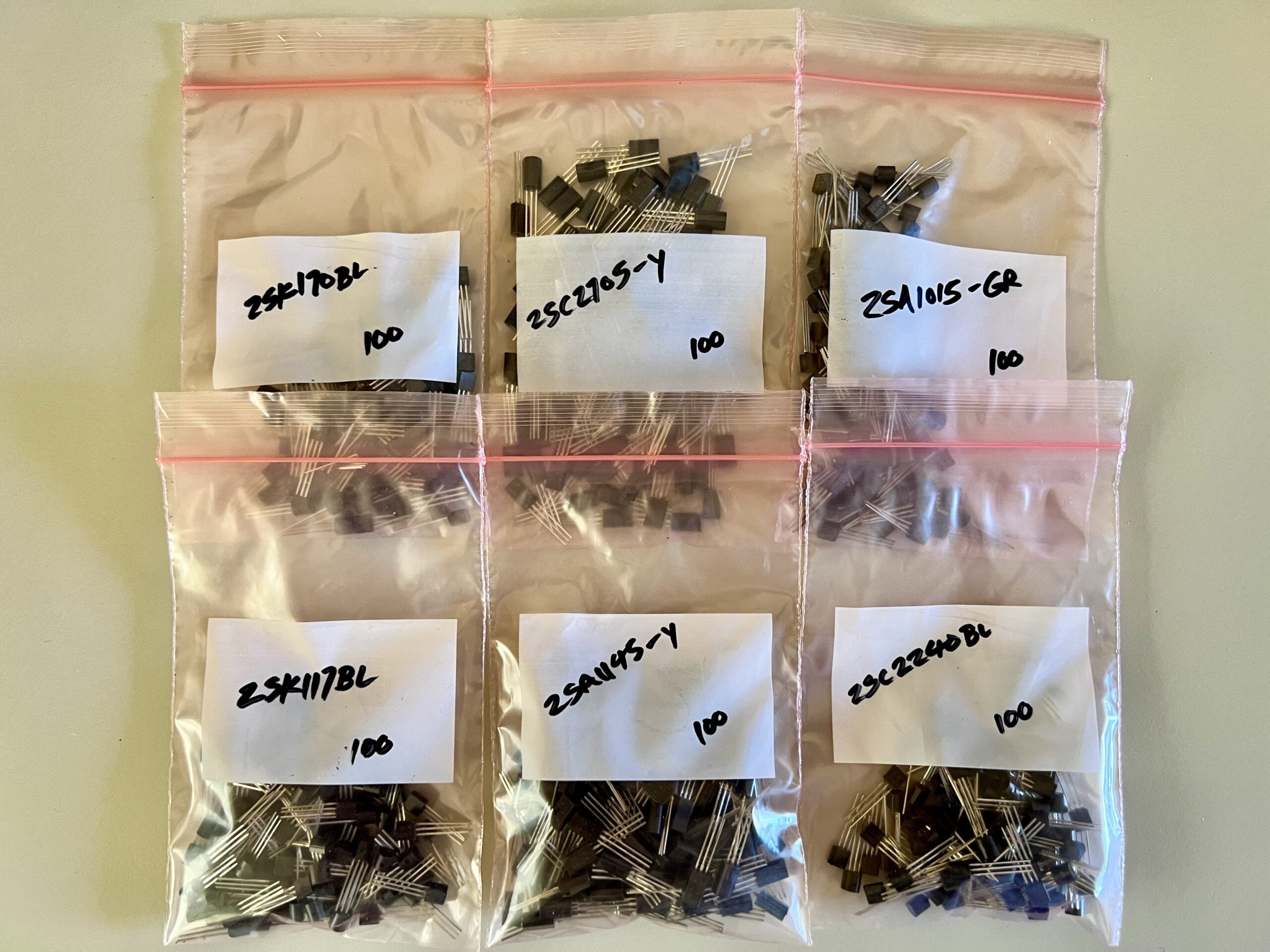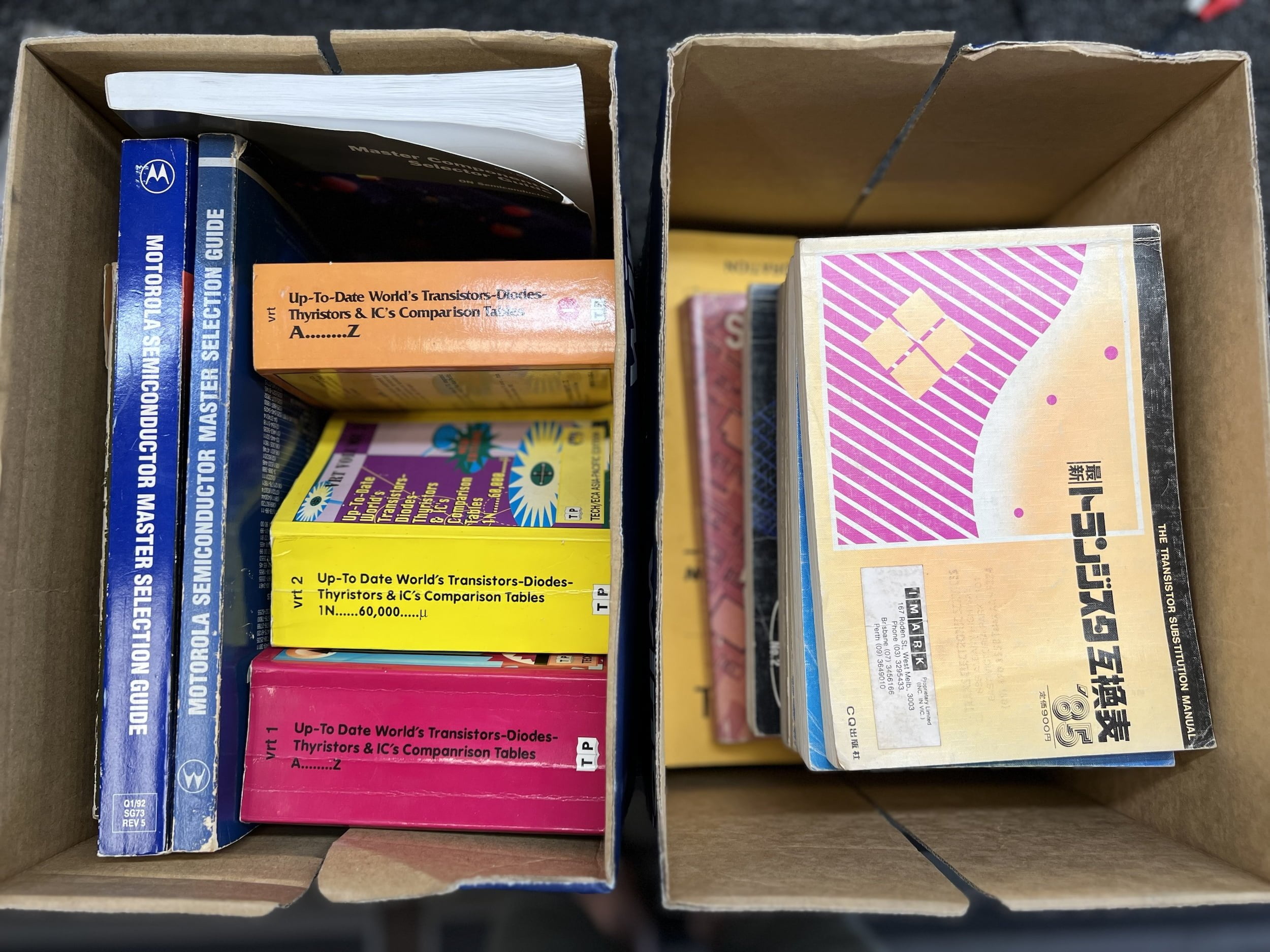Yes, transistors can be replaced in almost all cases, with excellent results with the correct replacements.
Part of the art of repairing electronics involves using replacement/substitute parts and understanding how to select them when original parts are no longer available (NLA). This art is generally not well understood. Here is a perfect example:

Substitution
Transistors come in thousands of different types, sizes and ratings, each tailored to a specific use case and set of parameters, like operating voltage, frequency response, gain, and power handling. Substitute the wrong types and the equipment may perform poorly, exhibit distortion, noise or high temperatures, or worse still, may catastrophically fail, taking other parts with it.
Transistor failures are common in old and new gear. Resolving transistor failures is commonplace here at Liquid Audio, and getting this right, from a technical perspective, sets repairers apart. Look at case # 19 in the Hall of Shame, for example, to see how badly this can go wrong.

I’ve lost count of the number of pieces I’ve repaired where the problem was incorrect replacement transistors, rather than dead ones. Incorrect or poorly matched parts can lead to distortion, noise, overheating or premature failure. Therefore, a good working understanding of transistor specifications is critically important.
Stock
Good repairers stock a wide range of parts to accommodate most equipment/replacement scenarios sourced from reputable commercial vendors, not eBay. Read this FAQ to learn why. I keep stock of NOS and modern devices, including devices in TO-3 or TO-3P, MT-200, TO-126, TO-220, TO-66 and TO-18 drivers, through to TO-92 devices, and everything in between.
Parts must always be sourced through quality-assured supply chains. A quality-assured supply chain minimises warranty issues and maximises the repair success rate. eBay is not such a chain, nor are the various vendors in Shenzen.

Data
Most older semiconductor devices can be replaced with modern parts, and I keep a database of cross-references that I implement. I also keep many old data books containing invaluable and otherwise unobtainable parts specifications, matching and substitution data. This allows the replacement of old devices with new and often better-than-original parts.

I stock replacements for the NLA TO-66 bipolar devices and unobtainable JFET small signal devices used in many older Accuphase amplifiers, for example. We also keep stock of probably thousands of transistors, including high-spec modern replacements for many vintage types that are NLA.
Discover more from LiQUiD AUDiO
Subscribe to get the latest posts sent to your email.
